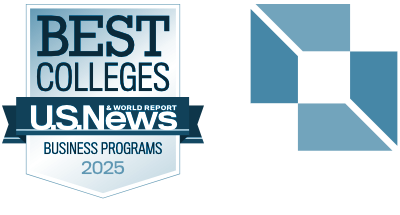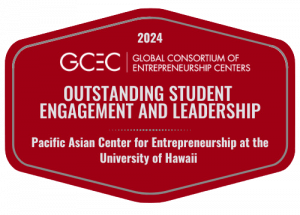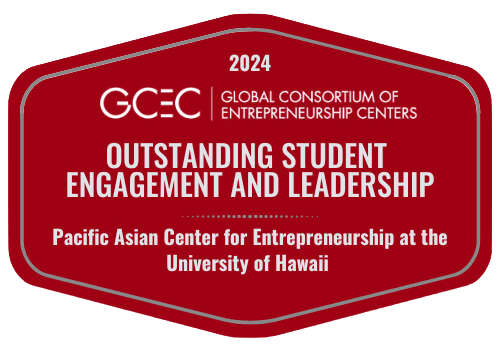UH VENTURE COMPETITION
BUSINESS PLAN GUIDE
GUIDELINES & INSTRUCTIONS
Upload your PDF file via the online submission form.
File must be no more than 5MB in size.
File must be no more than 23 pages in length, including cover and appendices. The business plan should be a maximum of 13 pages (1 cover page, 2 executive summary pages and 10 business plan pages). You may add up to 10 pages of appendices.
Submission must be a SINGLE PDF file. No other formats will be accepted.
COVER SHEET
- Business Name
- Names of all team members (include program of study for students)
EXECUTIVE SUMMARY
- Not more than 2 single spaced pages (8.5″x11″)
- Font size no smaller than 12pt
- Margins of at least 1 inch on all sides
BUSINESS PLAN
- Not more than 10 single spaced pages (8.5″x11″)
- Font size no smaller than 12pt
- Margins of at least 1 inch on all sides
- You may include up to 10 pages of attachments or appendices
RESOURCES

phone: (808) 956-5083
fax: (808) 956-5107
email: pace@hawaii.edu



phone: (808) 956-5083
fax: (808) 956-5107
email: pace@hawaii.edu




